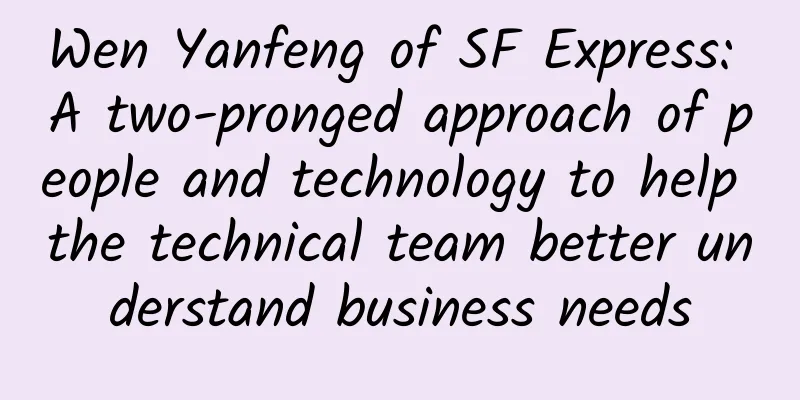Do you understand the misunderstandings about 5G?

|
Image source: https://pixabay.com/images/id-6282692/ The 5G hype is over. But like many things in the world of tech, 5G is riddled with myths and misunderstandings. Here, we look at some of the most widespread. Myth 1: 5G will completely replace 4GThis is perhaps the most obvious. Even the least enthusiastic recognize that 5G is the next generation of wireless networks after 4G — implying that it will completely replace previous mobile networks. But, as CNet reports, 4G and 5G networks will coexist — in fact, they already do. 5G is building on top of existing 4G LTE, using newer radio technology and software. Myth 2: 5G is designed to speed up smartphone connectionsWhen it comes to networks and wireless connections, speed is often the most eye-catching factor. Indeed, 5G will eventually offer speeds up to 100 times faster than 4G networks – which will directly translate into faster connections and downloads on consumer smartphones. However, 5G is about much more than consumers and their smartphones. Once fully rolled out, it will have a huge impact on a wide range of industries, including the Internet of Things, robotics and self-driving cars. Myth 3: 5G’s power lies in its bandwidthInstead, many commentators like to point out that the truly transformative aspect of 5G networks is their bandwidth, not their speed. In a consumer context, this means, for example, that 5G networks will allow users to access multiple data-rich applications and high-definition content on their mobile devices, and it is at this point that it is not the speed of the connection that is truly transformative, but the bandwidth. That actually makes a lot of sense, but it’s important to emphasize that the real benefit of 5G is its low-latency connection. This means that 5G is not just capable of transmitting more data at the same time—it also means transmitting it at high speeds. We’re talking about near-instant data transfer and countless exciting applications. Myth 4: 5G poses health risksAs the BBC reports, there have been some health concerns surrounding 5G, suggesting that the high-frequency waves it relies on may be linked to health risks, including cancer. As reported in the same article, the UK government said that "while there is a potential for a small increase in overall radio wave exposure from the addition of 5G to existing networks, overall exposure is expected to remain low." When assessing potential health risks, eating pickles and using talcum powder fall into the same category as exposure to radio frequency radiation. Myth 5: You need 5G to get value from IoT5G has repeatedly appeared in discussions about the Internet of Things, and there is no doubt that 5G connectivity will bring huge efficiency advantages to IoT deployments. But this does not mean that you need to wait for 5G to be launched before you can start your IoT project. There is a lot of value in the Internet of Things now, and in fact many IoT use cases do not require the high bandwidth, high speed and low latency of 5G networks. (Compiled by iothome) |
>>: Foreign media: As of June, South Korea's 5G users have exceeded 16 million
Recommend
[6.18] DediPath: $30/month-E3-1240v2, 16GB memory, 2TB hard disk, 1Gbps unlimited traffic/Los Angeles data center
DediPath launched a Father's Day Sale. Becaus...
I heard that the client will disappear within three years.
[[400044]] This article is reprinted from the WeC...
In the 5G era, virtual operators “disappear”
[[269893]] "In the 4G era, the three major t...
How to explain network engineering technologies such as STP, HSRP, etc. in a simple and understandable way?
During an interview, for example, I was asked abo...
7 excellent open source network monitoring tools
Network health is a measure of the health of the ...
6G is getting further and further away from us
Many years later, facing the tsunami-like surging...
Main title: Why Huawei can be a pioneer in breaking the Android long-term card curse
Last week, British technology blogger SuperSaf re...
iWebFusion: VPS hosting with 25% off starting at $7/month, 4GB/20GB/1.5TB/5 data centers including Los Angeles & North Carolina
iWebFusion's 25% discount coupon for VPS host...
Are we technologically ready for the coming era of high-definition video?
[51CTO.com original article] Almost no one doubts...
Weibu Online TDP: 99.97% accuracy, how low can the false negative rate be under high-intensity confrontation?
On March 6, 2022, the "Attack and Defense Co...
How Network Modernization Drives Digital Transformation
[[422647]] The fact is that the global outbreak o...
DogYun New Year's Day promotion: 30% off on Dynamic Cloud, 20% off on Classic Cloud, 100 yuan off on Dedicated Server per month, 50% off on Lucky Wheel
DogYun (狗云) hasn't offered discounts for more...
China Mobile's July data shows sharp decline in users is still accelerating
Recently, China Mobile released its operating dat...
edgeNAT VPS monthly payment 20% off, annual payment 30% off, US/Hong Kong/Korea VPS monthly payment starts from 48 yuan
edgeNAT has released a regular promotion for this...







![[6.18] Megalayer flash sale: Hong Kong independent server starts from 199 yuan/month, high-defense server starts from 299 yuan/month](/upload/images/67cabe62b75a5.webp)

